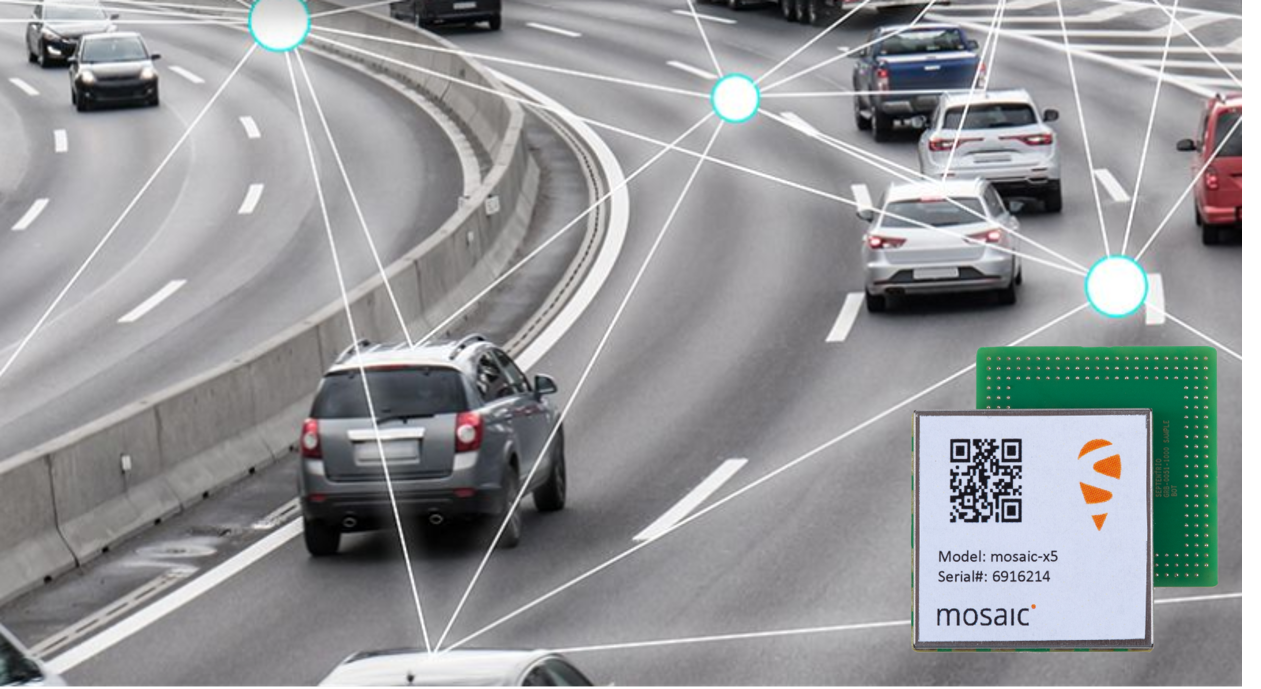Return to main article: "Drones to the Rescue!"
Navigating safely is always necessary, and unmanned platforms especially need to do so, as they still must demonstrate to the general and technical public that flying without a pilot on board works and is safe (or as safe as piloted crafts). So, when asking ourselves what is the right approach to safe navigation in UAVs, one word steps immediately into the discussion: redundancy.
Return to main article: "Drones to the Rescue!"
Navigating safely is always necessary, and unmanned platforms especially need to do so, as they still must demonstrate to the general and technical public that flying without a pilot on board works and is safe (or as safe as piloted crafts). So, when asking ourselves what is the right approach to safe navigation in UAVs, one word steps immediately into the discussion: redundancy.
The use of redundant sensor configurations paves the way to achieving robust navigation. By providing redundant observations, the precision of the navigation parameters’ estimation is significantly improved (as discussed in the article by A. Waegli et alia). Redundancy also enables detection and exclusion of eventual faulty measurements and therefore guarantees a higher continuity of operations in the presence of a fault.
This applies to GNSS systems, which are inherently redundant (usually more than four satellites in view to estimate four unknowns). Yet, redundancy is not exclusive to GNSS — the use of several low-cost IMUs in UAV navigation is definitely interesting from a cost-effectiveness perspective as long as acceptable performances would be achieved.
Referring to Equation (1) in the main article, if we think of the index as the number of navigation subsystems and we make explicit the dependency of the operational risk (OR) with respect to n, then we have OR(n,AL) > IR(m, AL) for n < m. In other words, we claim that for an INS/GPS navigation system (that is, n = 2) the OR is higher than for the proposed navigation system in CLOSE-SEARCH (where n ≥ 7) made of up of one GNSS receiver, four IMUs, one baro-altimeter, one magnetometer, and various close-range sensors.
We note that, while the probabilities pi of the various failure types are only related to the instrument/system “intrinsic” properties (quality and age), the terms a0(AL) and 1 – β0i(IR) depend on the navigation instruments’ configuration. Indeed, this is how SBAS (WAAS or EGNOS) and GNSS multi-constellations contribute to the decrease of the IR. In the SBAS case, although the probability of a GPS failure, say p1, purely depends on GPS satellites’ failure rates, the probability of not detecting a system failure, say 1 – β0i(IR), is smaller because of the additional SBAS infrastructure and mechanisms devoted to satellite monitoring and fault detection.
Analogously, in the case of additional GNSS constellations, the overall risk will decrease even if there are more contributors to the sum term, as both a0(AL) and 1 – β0i(IR) will become smaller due to a better precision estimation and a better fault-detection capability in redundant conditions, respectively. New and better future signals, as provided by GPS modernization and Galileo among others, will simply lead us to more accurate and precise solutions.
In the case of CLOSE-SEARCH, starting from the base EGNOS performance and considering several IMUs and other navigation sensors, the risk of the baseline INS/GPS configuration,
OR(2,AL) = a0(2, AL) + p1 • (1 – β01(IR)) + p2 • (1 – β02(IR)),
is transformed into
OR(7, AL) = a0(7, AL) + ∑7i=1pi • (1 – β0i(IR))
where having more contributors to the ”integrity-related” sum —even using sensors of a cheaper quality — is compensated by a higher precision — smaller a0, a0(2, AL) > a0(7, AL) — and smaller probabilities of subsystem failures’ misdetections, 1 – β01(AL).





